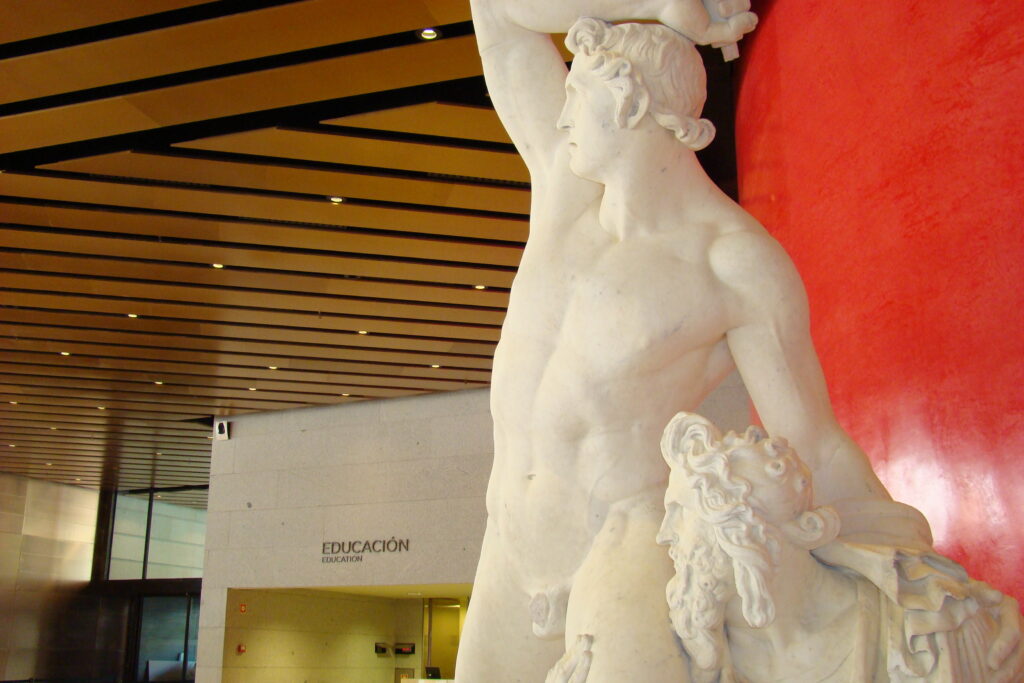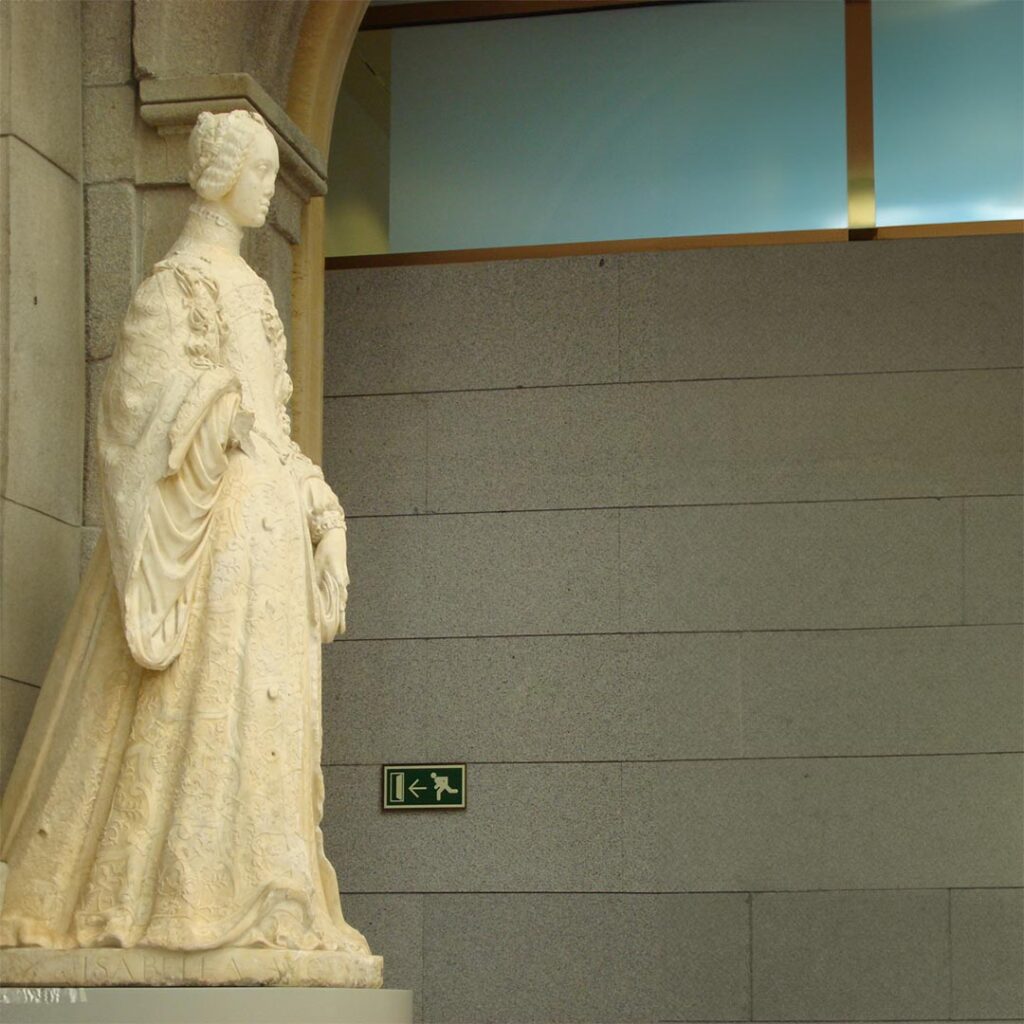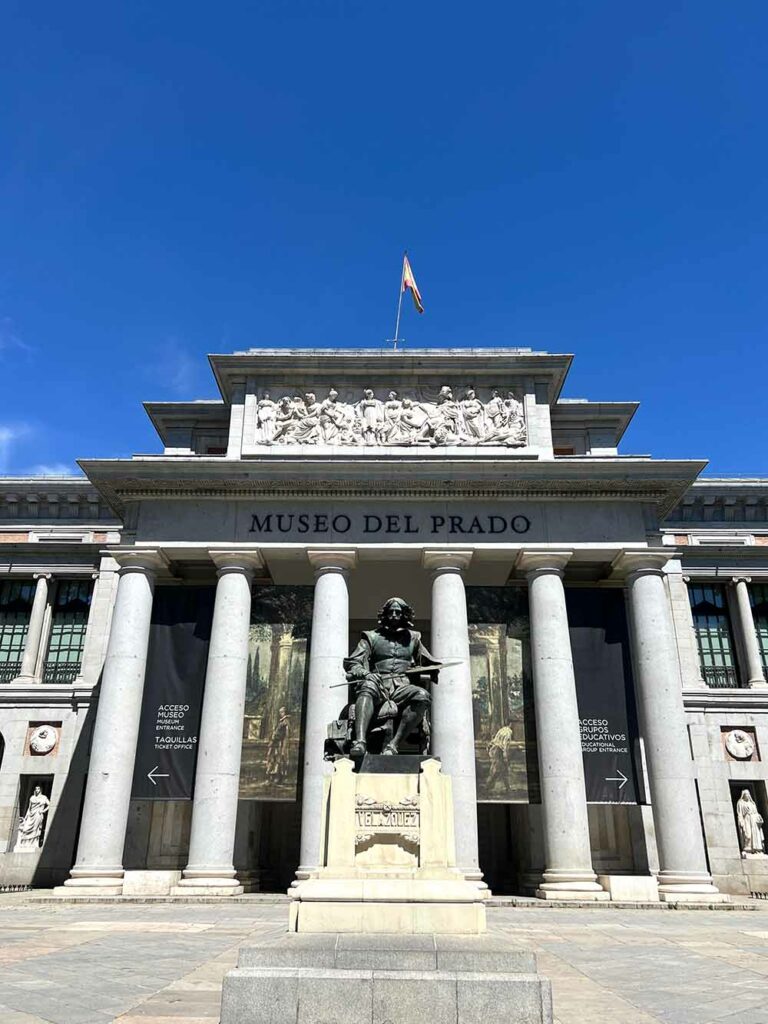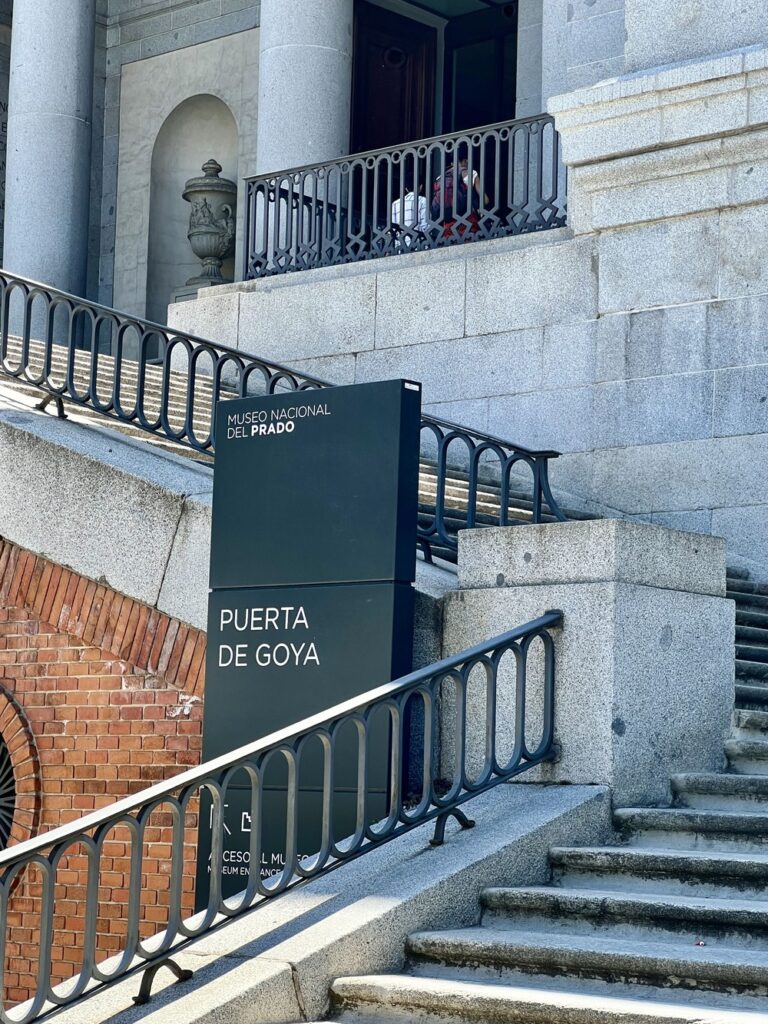Written by Eric Sánchez | May 23, 2025
When it comes to a museum like the Museo Nacional del Prado, it is not enough to give directions: it must be done with respect, elegance and precision. The visitor must find his or her way… without looking away from the masterpieces.
When we think of hospital inefficiencies, we often think of understaffing, obsolete equipment or administrative bottlenecks. But there is a hidden and costly problem that affects almost every hospital: poor signage.
A challenge worthy of a universal museum
What if signaling were also an art?
That was the premise with which the Prado Museum proposed its need: to develop a wayfinding system that would accompany, but not compete. To inform, but without interrupting.


The Prado Museum was looking for a refined and elegant signage system to guide visitors through its extensive collection of galleries and public spaces. The challenge was to create a clear and accessible solution, without altering the aesthetics or historical integrity of the museum. The signs had to integrate with the neoclassical architecture and provide multilingual information for an international audience. In addition, it was essential to ensure accessibility for all visitors, with clear, intuitive and visually consistent directions.

Tailor-made solutions: design, manufacturing and installation
Because in a place where every corner breathes history, even an arrow must be in its place.
A solution was sought that breathes balance between functionality and respect for heritage.
SIGNES designed and installed a sophisticated signage system that reflects the grandeur of the Prado Museum. Arauna Studio collaborated in the graphic design to ensure the visual cohesion of the whole. The system harmonizes with the museum’s architectural heritage through minimalist and elegant typography that complements the classical setting.
Materials were carefully selected for their durability and visual appeal, capable of withstanding heavy traffic without losing aesthetic quality. Multilingual signage (Spanish and English) enhances the visitor experience, providing clear orientation throughout the museum. The system also integrates universal design principles, ensuring accessibility for people with disabilities.

A result that orients… without imposing itself
The success of the project is not only measured in clear directions, but in how the signage becomes part of the landscape without overshadowing it.
The result is a cohesive and timeless wayfinding system that supports the museum’s role as a cultural institution of international prestige while preserving the dignity of its historic architecture.